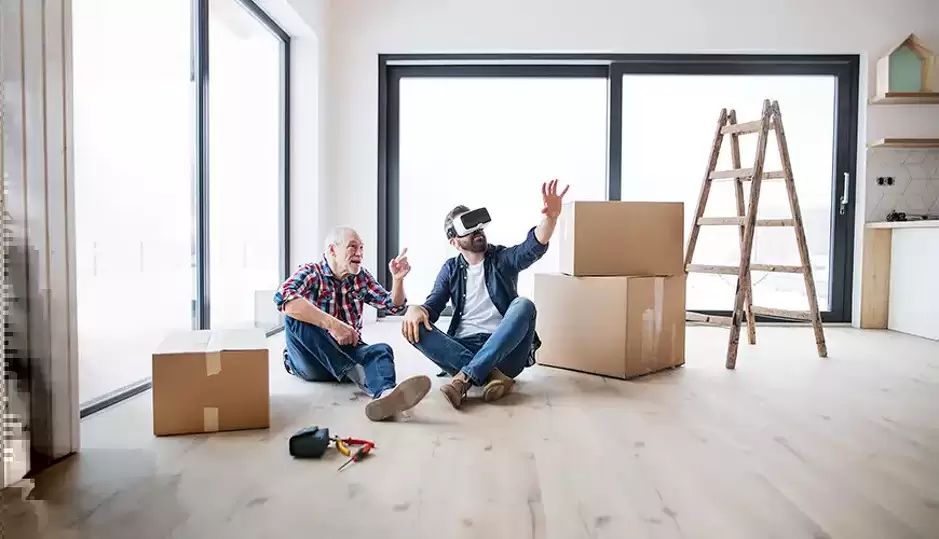

Augmented Reality and Virtual Reality generate 17.2 million dollars and it is expected that they will generate 162 million dollars in 2021. Growth of up to 900%.
These efforts and investments were mainly focused on the developments of the technology itself, without promoting the creation of programs and applications to provide it of usability. But, in the last months, the situation has changed, and some physical stores that only had a website have focused on launching applications of Augmented reality or Virtual reality.
According to a recent study by the International Data Corporation (IDC), Augmented Reality and Virtual Reality generate 17.2 million dollars and it is expected that they will generate 162 million dollars in 2021. Growth of up to 900%.
That is why the change in the way of selling is affecting both retailers and consumers. For example, the company Sephora has launched an application for mobile phones where we can try cosmetic products virtually, just by taking a selfie.
But others go a step further and enable us to know what our house wold look like with the furniture that we choose. We are talking about the Swedish company Ikea, that launched an application in which, thanks to AR, we can try virtually the furniture from their catalog in the rooms we want, check if they fit or not, and see how it looks.
And going another step further, we find Alibaba, the Chinese giant company which provides virtual warehouse that can be accessed through VR, and where you can purchase as if it was a physical warehouse: walking through the corridors, taking the products, checking them and receiving all the information about them.
As we can see, these structural changes in the way of consuming, that make us move the buying process from a physical establishment to a virtual one.